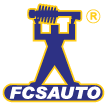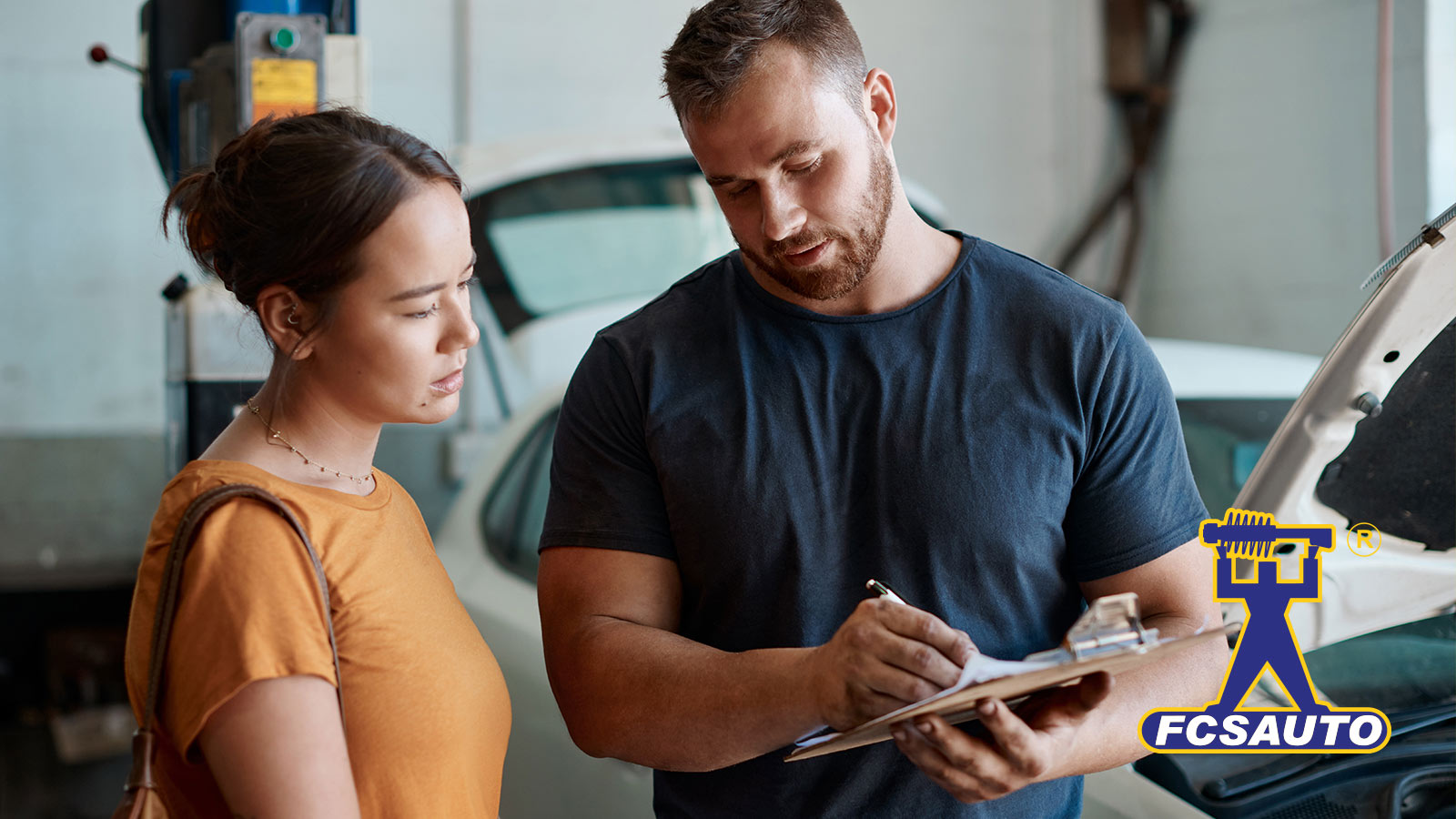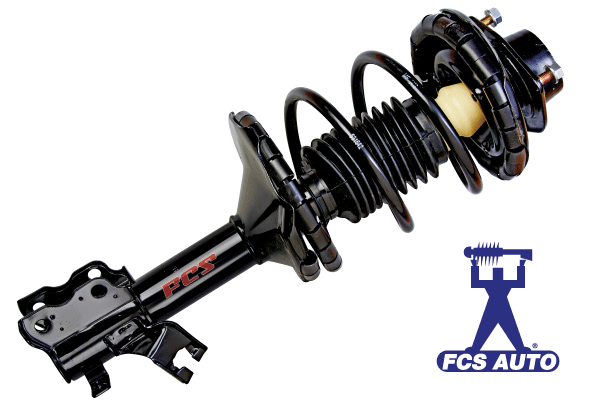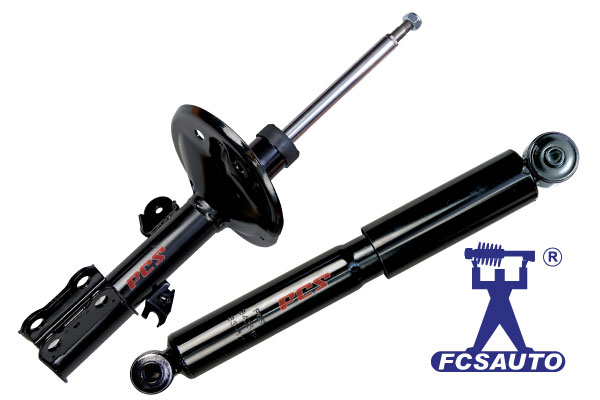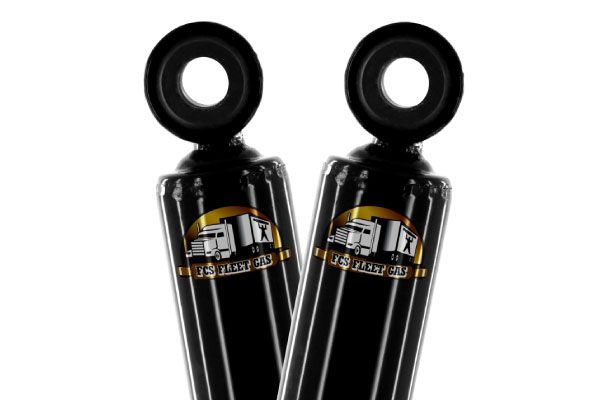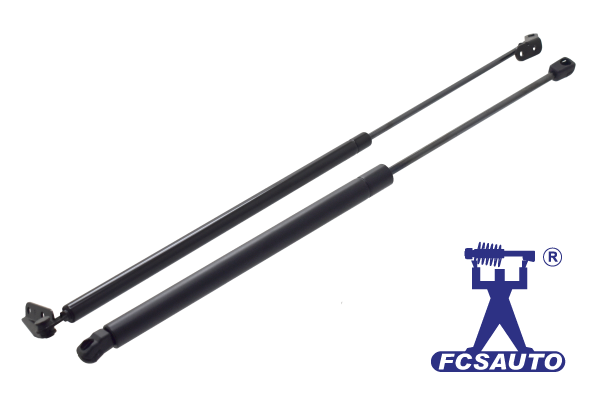Customers Don’t Always Notice Deterioration
86% of the vehicles that have been retired to the salvage yard still have their original shocks and struts
In most cases, customers just haven’t noticed that the ride of their vehicle has degraded so much because it has happened slowly, almost imperceptibly, over several years and thousands of miles. More importantly, this isn’t only a comfort issue – the vehicle may actually be dangerous to themselves, their passengers, other drivers and pedestrians.
Unfortunately, it’s a common perception that unlike faulty brakes or a bad water pump, a car can still function on worn-out struts or shocks. However, it’s crucial for the shops to understand and emphasize to their customers that replacing ride control is a safety issue and ultimately the wiser better long-term investment for their vehicle. By replacing worn ride control components, you also prevent premature wear on tires, suspension parts, and other crucial vehicle components.
Successful Shops Actively Promote Ride Control Component Condition
Suspension components need to be actively sold by the shop service writer or technician. Don’t expect customers to come in requesting new shocks or struts. You’ll need to point out the need to replace them.
But as important as the ride control components are, it can still be difficult to make the sale. Often, the service writer or technician may not mention the condition of the shocks and strut because it might scare the customer away from a required repair.
Going Beyond “No”
In many cases, service repair recommendations are casually mentioned or listed on an estimate as something the customer might want to consider, but a proper explanation of why is never given. In the most potentially damaging cases, they fail to mention or inspect ride control component out of a fear of being told “no”.
Performing a Full Inspection
Lead with Safety
It’s important to break the cycle of not recommending or selling ride control because it is an important safety issue the customer must be aware of. Remember, no customer wants to drive an unsafe vehicle. When you recommend ride control, you are not just selling comfort – you’re selling improved safety for better handling and shorter stopping distances.
When you recommend ride control, you are not just selling comfort – you’re selling improved safety for better handling and shorter stopping distances.
Visual Inspection
The first and most important step in selling ride control is the inspection process. A visual inspection of the shocks and struts can tell you a lot about the state of the ride control units. Where possible, visual inspections should be performed before the test drive. This is a chance to make sure the vehicle is road worthy before putting someone’s life at risk.
Customer Review
A complete inspection always lays the groundwork for improved customer communication and increases the possibility of the sale. By sharing the information gained in the test drive, your shop will better clarify the value of new ride control components to the customer. Furthermore, this information helps explain why the service should be performed.
